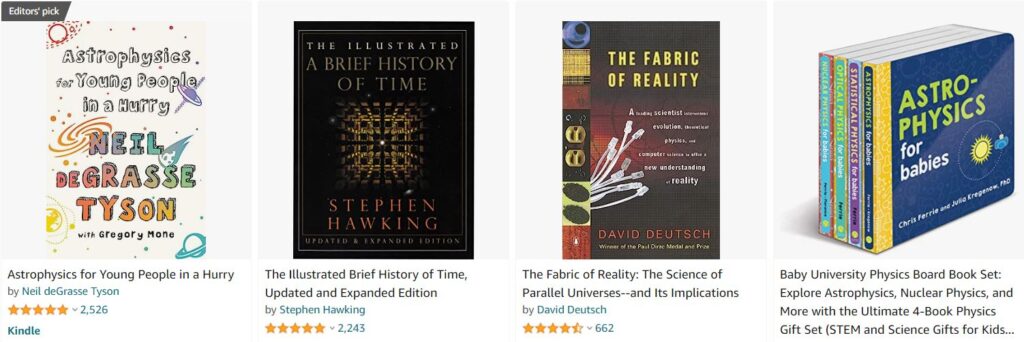
Earlier this year, another team of astronomers reported the “Scary Barbie” event where they estimated a star with about 14 times the mass of the sun was destroyed by a black hole. However, this has not yet been confirmed as a tidal disruption, with the estimate of the star’s mass mainly based on the brightness of the flare, not on a detailed analysis of material around the black hole as with ASASSN-14li.
Another exciting aspect of the ASASSN-14li result is what it means for future studies. Astronomers have seen moderately massive stars like ASASSN-14li’s in the star cluster that contains the supermassive black hole in the center of our galaxy. Therefore, the ability to estimate stellar masses of tidally disrupted stars potentially gives astronomers a way to identify the presence of star clusters around supermassive black holes in more distant galaxies.
Until this study there was a strong possibility that the elements observed in x-rays might have come from gas released in previous eruptions from the supermassive black hole. The pattern of elements analyzed here, however, appears to have come from a single star.
Previous work published in 2017 by Chenwie Yang from the University of Science and Technology in Hefei, China, used ultraviolet data from NASA’s Hubble Space Telescope to show that there is enhanced nitrogen compared to carbon in ASASSN-14li, but by a smaller amount than Miller’s team found using X-ray data. Those authors found the star to be only more massive than 0.6 times that of the sun.
The work is published in The Astrophysical Journal Letters. https://www.nasa.gov/mission_pages/chandra/news/a-giant-black-hole-destroys-a-massive-star.html









Recent Comments